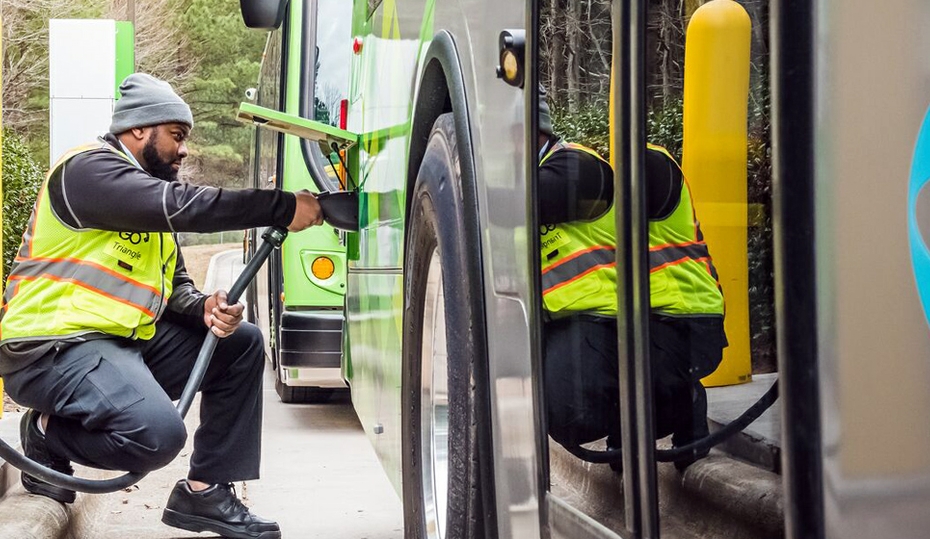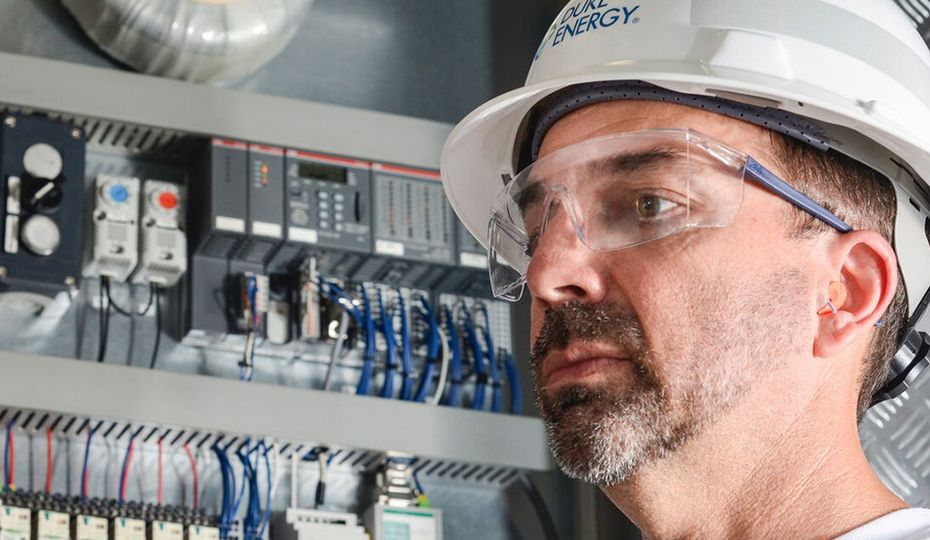Inside a mountain beside South Carolina’s Lake Jocassee, Duke Energy’s largest hydro plant is growing.

Workers at Bad Creek Hydroelectric Station began disassembling the plant in January to install new equipment, including massive spherical valves and three 700,000-pound. transformers. Their creative engineering will allow Bad Creek to power roughly 250,000 more homes without building a new plant.
When upgrades are complete in 2023, it will be able to produce about as much energy as some nuclear plants and power more than 1 million homes.
Bad Creek is the larger of two pumped-storage hydro plants in the Duke Energy fleet. Like traditional hydro plants, Bad Creek uses the flow of water to create electricity. It can produce energy very quickly, and it usually operates when energy demand is high, like on hot summer days when air conditioners are churning.
But its underground location and engineering help it store energy, too.

When there’s excess energy on the system (like at night when there's less demand or a bright day when there's a lot of solar energy), Bad Creek makes use of it by pumping the previously released water back to its reservoir at the top of the mountain. When demand peaks again, operators can release the water to Lake Jocassee and produce electricity in minutes.
It is essentially the company’s largest battery. With fast-growing solar power that ebbs and flows depending on cloudiness, time of day and other factors, pumped storage is the perfect partner because it’s reliable and flexible.
The plant will provide the necessary storage and stability as Duke Energy adds more solar to meet its goal of owning or contracting 8,000 megawatts of renewable energy by 2020. At the end of 2017, the company owned or contracted 6,400 megawatts of renewable energy – a 1,000-megawatt increase in one year.
Watch the video below to learn more about this lesser-known, renewable energy source and see the reservoir in a rare, drained state as the team makes upgrades.






